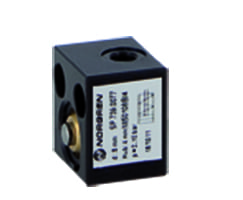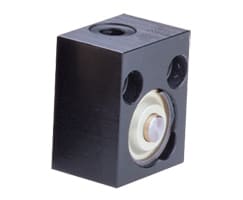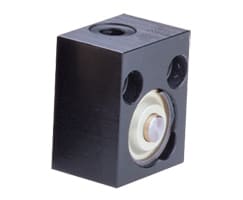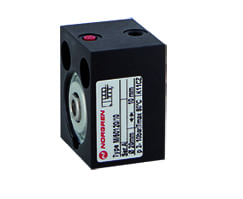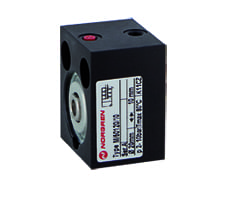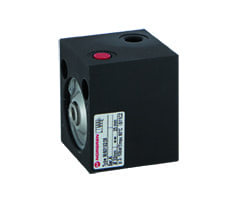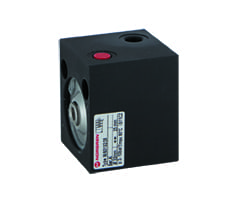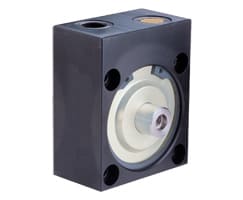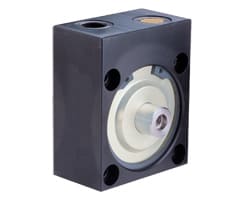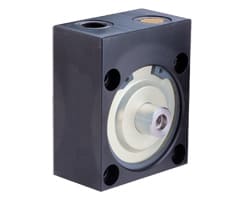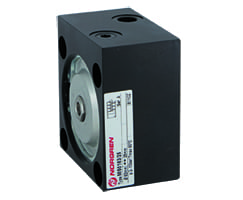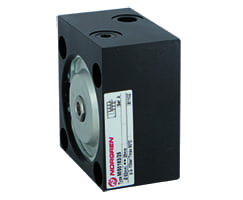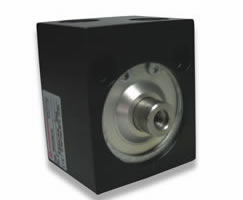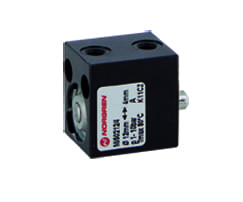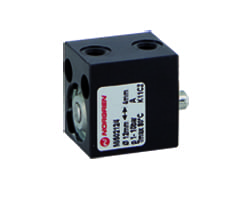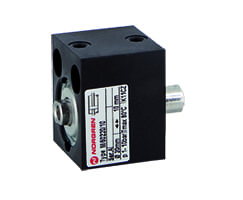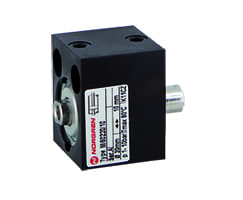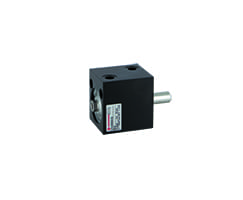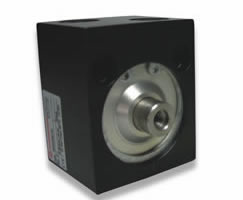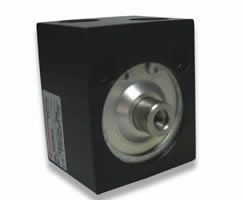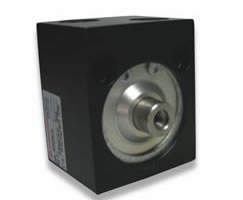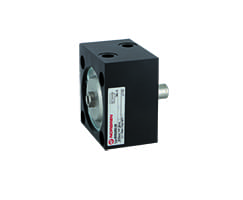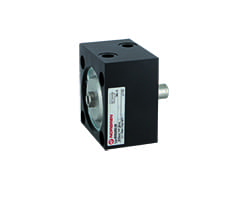Norgren Clamping Cylinders
In today's industry, machining accuracy, product quality, personnel and equipment safety, and fast clamping and releasing of workpieces are important factors in a company's productivity and competitiveness. Today we will discuss in detail what clamping cylinders are and how they work.
What is a Clamping Cylinder?
The clamping cylinders hold or clamp the workpieces either directly via the pneumatically actuated clamping element or via kinematics. The clamping element is moved out of the working area when it is inactive. Thanks to kinematics, they can realize very high holding forces with low energy consumption.
Single-acting cylinders
Single-acting cylinders transmit hydraulic power in only one direction of travel, using an internal spring to ensure plunger return when hydraulic pressure is removed. They require fewer valves and plumbing than double-acting cylinders, resulting in a less complex hydraulic circuit and minimal valve overload.
However, single-acting cylinders provide a lower operating speed than double-acting cylinders. In addition, spring return means that the hydraulic fluid must have an easy return path with few restrictions, and only a few cylinders can be retracted at a time.
Double-acting cylinders
Double-acting cylinders use hydraulic power to move the plunger in either direction, so they are more complex. The payoff for a little more plumbing and control devices is high speed in any direction and precise plunger control. This is important when more control is required during the unclamp cycle. The tighter control afforded by double-acting cylinders is also useful when timing sequences are critical, as they are less sensitive to system backpressure that can result from long pipe lengths or pulling in many cylinders at the same time.
Swing cylinder
The swing clamp cylinder is without a doubt the most widely used hydraulic clamping device. The pivot cylinder piston and the lever attached to it rotate 90 degrees clockwise or counterclockwise at the start of the stroke. They then move down an additional distance to clamp the fixed part. After the clamping pressure is released, the clamp arm rises and rotates 90 degrees in the opposite direction so that the removed part can be removed and the next part can be installed.
Most swing cylinders are available in single or double-acting forms. The stroke length is selected according to the geometry of the workpiece to be clamped. Capacity and clamping force are selected according to the processing forces to be resisted. Different lever lengths provide design flexibility.
Specifications of Norgren clamping cylinders:
- Single-acting and double-acting - diameter from 8 to 63 mm.
- Allows you to achieve maximum effort in a limited amount.
- Sleek, clean surface.
- Monoblock construction.
- Working medium: Compressed air, filtered and lubricated.
- Operating pressure: 2 to 10 bar (single acting) and 1.5 to 10 bar (double acting).
- Operating temperature: -10°C to +70°C.
Clamping Cylinder Working Principle
Clamping cylinder Norgren work according to the following principle. The hydraulic fluid is pressurized by the pump, which causes the force to be applied to the piston in the clamp. The pressure advances the piston, exerting force on the workpiece. Single-acting clamps use hydraulic pressure to apply force to the workpiece and spring to release it. Double-acting clamps use hydraulic pressure for both clamping and unclamping cycles.
The main feature of power clamping systems is a constant and reproducible clamping force. Manual clamps rely solely on the strength and diligence of the operator. However, power clamps are controlled by the power supply, so the force and fatigue level of the operator does not affect the clamping force.
Clamping force control improves both safety and efficiency of the machining operation. Likewise, with rotary clamps, retractable clamps, or other forms of self-positioning clamps, the position of the clamp on the workpiece is determined by the clamp. Once properly set up and positioned, power clamps work the same way, piece by piece, throughout the entire production run. Operator interaction is reduced and consistency and repeatability are increased.
What is the HS Code for the Clamping Device?
Each clamping device has its own HS code. Let's see what it is. The six-digit HS code or HTS code is called a subtitle. It comes after the main (2 digits) and subsequent (4 digits) in the CC code hierarchy. For now, the 6-digit HS codes remain the same worldwide. It is only after the 6-digit level that the HS codes begin to differ for each country.
Purchasing a Norgren Clamping Cylinders
If you want to buy clamping devices from Norgern, the Eltra Trade store is at your service. We offer a complete range of not only clamping cylinders but also all Norgern products. You can get acquainted with all available positions in our convenient catalog which has sections with manufacturers and subsections with their products. Also, you can always seek advice from our experienced managers. We will select for you the right equipment of the best quality at a reasonable price.
